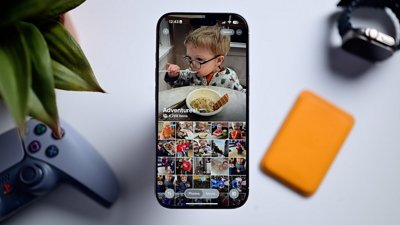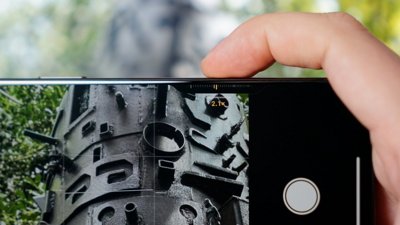A quickly deleted page on Philips' Dutch website indicated that the company is working on the "Outdoor LightStrip," taking yet more of its HomeKit-compatible lighting outside.
The page noted that the new LightStrip will come in 2- and 5-meter versions, approximately 6.6 and 16.5 feet respectively, HomeKit News reported. Unlike its indoor predecessor the product should be fully waterproof, able to survive not just rain but sprays and "small" puddles.
The strip uses special clips instead of adhesive, which should let it fasten securely to surfaces like pillars and fences.
The accessory will presumably support Apple HomeKit, as with all other Hue devices. The product line also connects with standards like Amazon Alexa and Google Assistant.
No pricing or release date has been made available.
Philips only recently delved into outdoor smartlights with products like the Calla lamp and Lily spotlight. The segment is typically more niche, since waterproofing can make an accessory more expensive, and many people may not have Wi-Fi that extends far enough.
 Roger Fingas
Roger Fingas








 Christine McKee
Christine McKee
 William Gallagher
William Gallagher
 Amber Neely
Amber Neely

 Andrew O'Hara
Andrew O'Hara

 Sponsored Content
Sponsored Content
 Charles Martin
Charles Martin








4 Comments
I'd been waiting for the outdoor lights but then I realised they were just standard Hue bulbs in a standard outdoor casing at twice the price. I just put a couple of Hue bulbs into my current casings, which happened to be Philips anyway. I expect the sun and cold will shorted the lifespan of the bulbs but otherwise they work as expected. The lightstrip might be interesting if you can be bothered messing around with cabling in your garden.
Cool. At least until the lawnmower gets a little too close.
I’m a big fan of Hue from day 1 and have tons of bulbs and strips, but man I wish they’d make brighter bulbs. The lumens are so low for use in a standard living room lamp, reading, etc.
BTW I’m loving this HomeKit powered dimmer switch, which makes my ceiling’s recessed lights all smart now:
https://store.idevicesinc.com/idevices-dimmer-switch/
The Hue bridge needs an internet connection via eithernet and its wireless protocol for its hue lights is zigbee so it doesn’t use WiFi. Zigbee devices create a mesh network so coverage inside or outside shouldn’t be a problem as each light should act as its own relay.